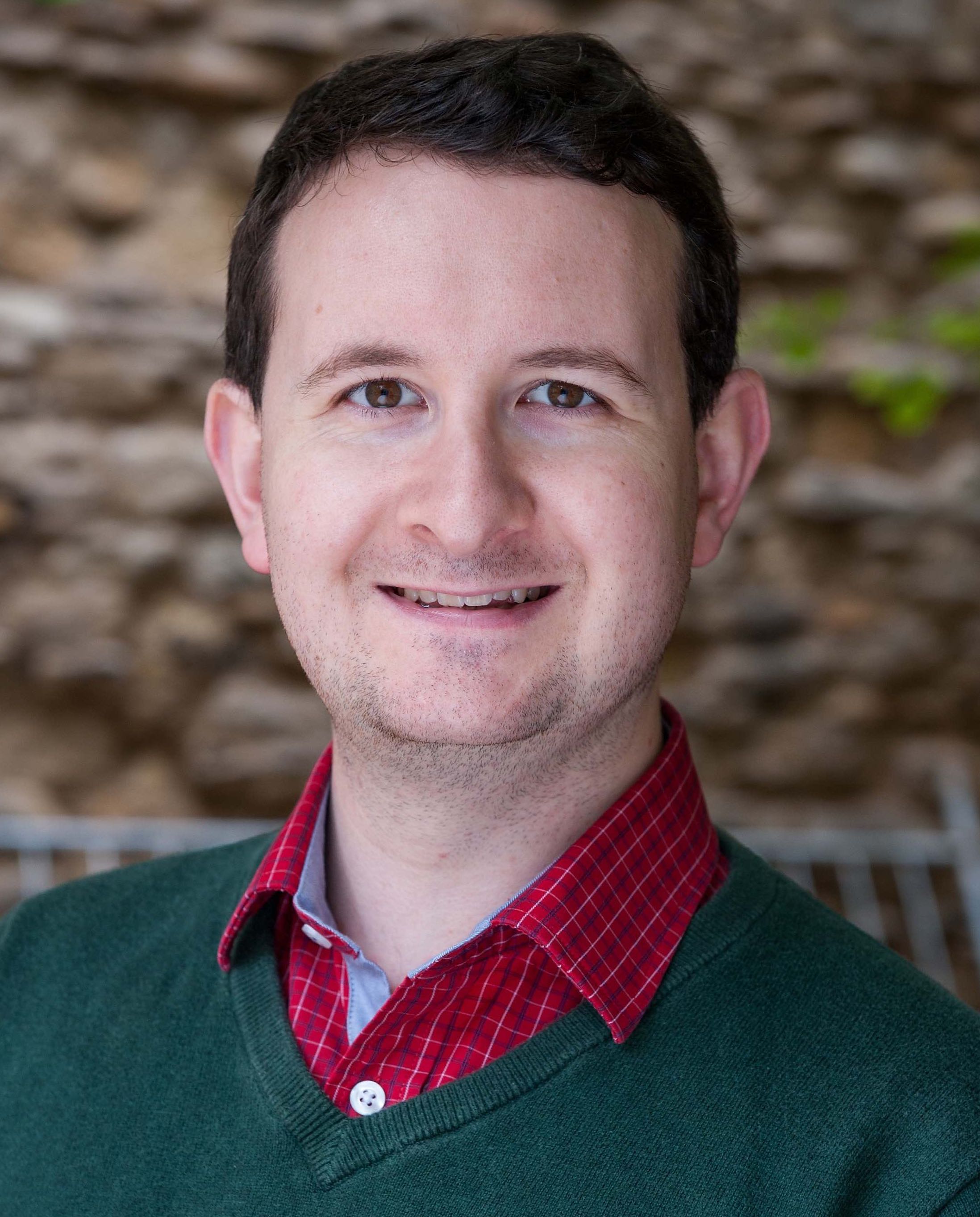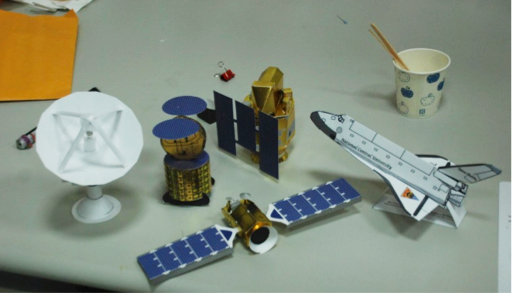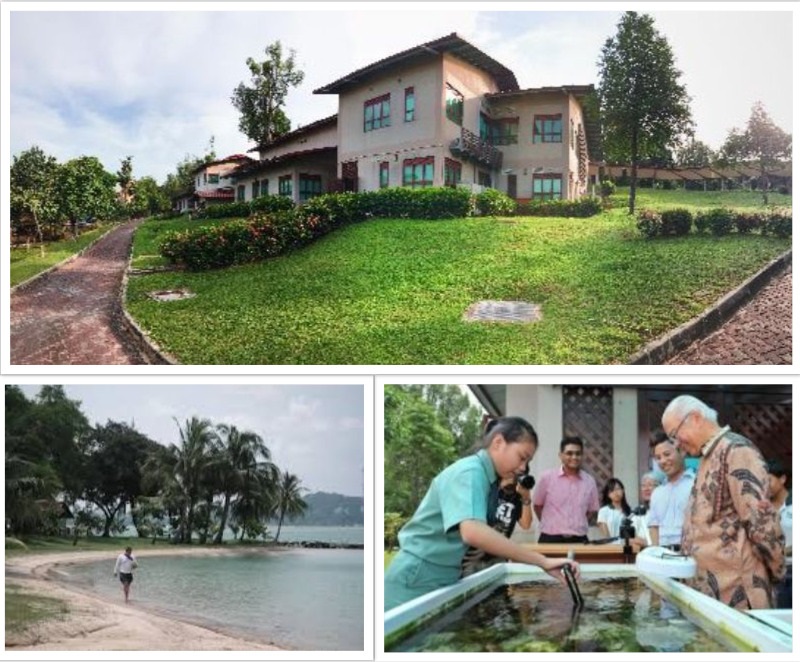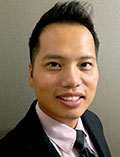|
Workshop 1: Physical Modeling of Gps and Insar Data with Unicycle
About the Organizers |
About the Facilitators
Date: Wed-9 Aug │Time: 4PM - 6PM │ Room: MR335 │25 Participants Maximum
Free of Charge to AOGS2017 Attendees on a First-Come-First-Served Basis
Participants are expected to bring their own laptop with a recent version of Matlab already installed.
Register for Workshop
About the Workshop
Several decades of space geodetic monitoring has brought a wealth of data documenting the cycle of strain accumulation and release around plate boundaries. The short-term tectonic deformation is well understood in terms of the activation of fault slip, viscoelastic flow in the lower crust and mantle and the diffusion of pore fluids. In this hands-on workshop, we will describe how to build physical models of plate boundaries strain evolution. We will describe from the ground up how to simulate postseismic deformation data, in particular, GPS and InSAR data. We will describe several cases of interest including the 2012 Mw 8.6 Indian Ocean earthquake, the 2015 Mw 7.8 Gorkha, Nepal earthquake and the 2009 Mw 7.8 Dusky Sound, New Zealand earthquake. We will first recall the main rheological assumptions: How does friction govern fault slip? How do creep mechanisms control viscoelastic flow? We will show how to simulate geodetic time series based on physical assumptions about stress release mechanisms. Finally, we will describe how to create numerical simulations of earthquake cycles. We will describe the basic characteristics of fault friction that allow earthquake ruptures to occur spontaneously. The workshop will be designed for geologists, and geodesists interested in earthquake mechanics who have limited experience in physics and programming. The simulations will be carried out in Matlab using the Unicycle software.
| About the Organizers |
 |
Sylvain BARBOT
Assistant Professor
Asian School of the Environment
Nanyang Technological University
Biography
|
 |
James Daniel Paul MOORE
Research Fellow
Earth Observatory of Singapore
Nanyang Technological University
Biography
|
| About the Facilitators |
 |
Sagar MASUTI
PhD Student
Earth Observatory of Singapore
Nanyang Technological University
Biography
|
 |
Dongju PENG
Research Fellow
Nanyang Technological University
Biography
|
 |
James Daniel Paul MOORE
Research Fellow
Earth Observatory of Singapore
Nanyang Technological University
Biography
|
Workshop 2: Space Shuttle Orbiter & FORMOSAT Satellite
Specially designed for space science enthusiasts aged 12 and above
Date: Fri 11 Aug│Time: 2PM - 3PM │ Room: MR331 │25 Participants Maximum
Register for Workshop

Who Should Attend?
Any space science enthusiasts aged 12 and above from participating schools. Maximum number is 25 per session. Smaller groups will be combined to form one session. Group leader/teacher in-charge please email AOGS Secretariat to admin@asiaoceania.org. There are multiple sessions and you may request for your preferred session. Do note however that not all requests can be accommodated.
About the Workshop
The Ionospheric Radio Science Laboratory (IRSL) at the Institute of Space Science, National Central University lead by Dr. J. Y. Liu in Taiwan has been conducting a series of programs on space science since 1991. These are public education and outreach programs designed to increase participant interests in space science, highlight latest findings, and equip students with better knowledge through hands-on activities.
On top of learning more about space science, students attending the workshop will also be required to complete two paper models - the space shuttle orbiter and the FORMOSAT satellite. Redesigned by IRSL and created by the National Space Organization in Taiwan, these paper models can illustrate how a real shuttle orbiter glides and lands on the base. The FORMOSAT model’s realistic exterior appearance also pictures the main payload onboard the Taiwanese satellites.
About the Facilitator
Dr. I-Te Lee, Associate Researcher at the Central Weather Bureau is in charge of preparations for space weather operations office in Taiwan. Dr Lee received his Ph. D. from the Institute of Space Science, National Central University in 2013. His research interest is focused on ionospheric radio science and data assimilation. Since 2005, Dr. Lee participated actively in many outreach education activities on space sciences. He has extensive experience in delivering workshops to a wide audience ranging from elementary school students to the general public.
| 
















